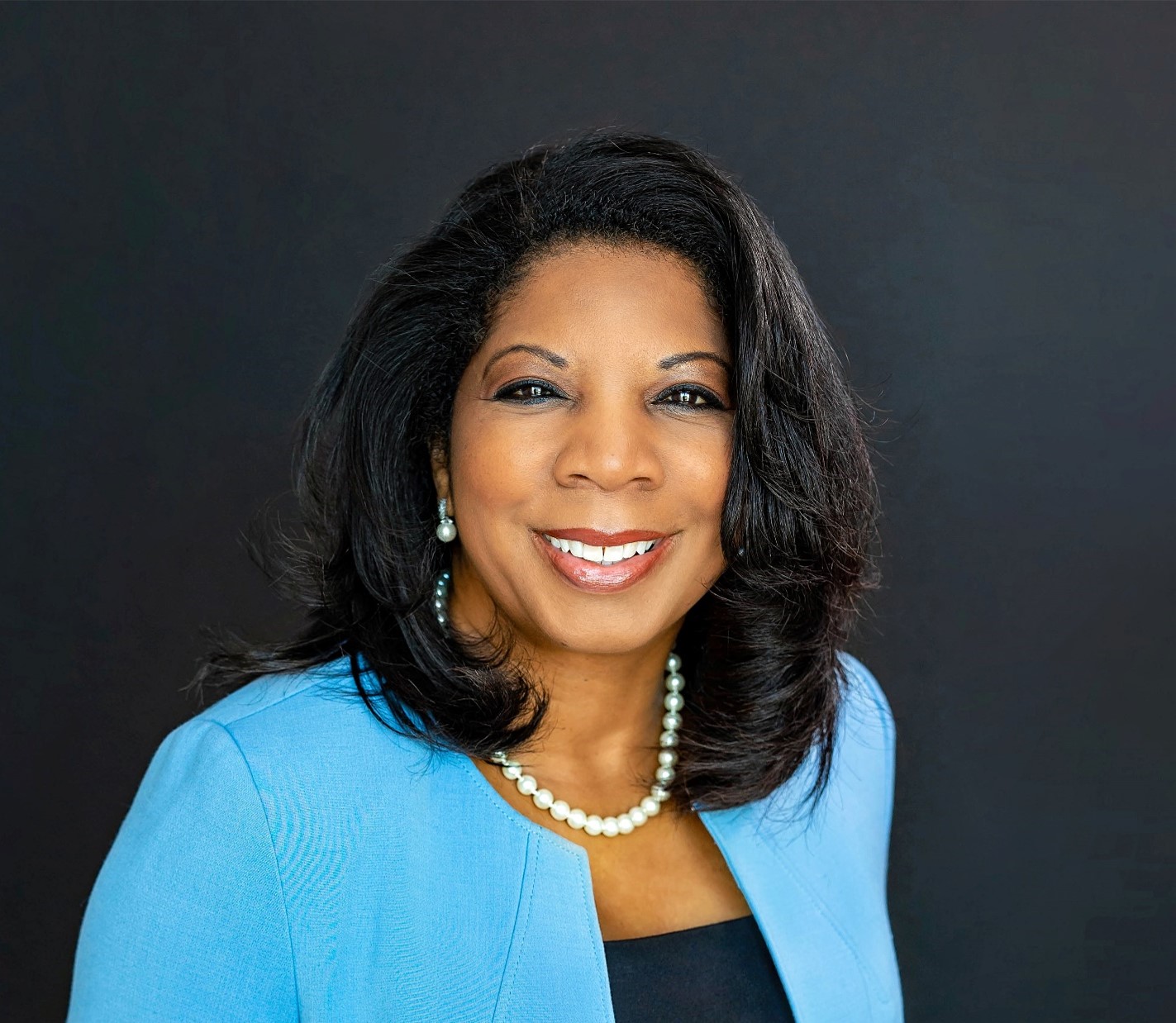Building the Next Generation
Institutional Investor at the DE&I Roundtable in October 2022 recognized 12 industry leaders for their work, commitment, and leadership in promoting diversity. Here are excerpts from our recent conversation with Cheryl Alston, Chief Investment Officer of the Dallas, Texas defined benefit plan.
As Executive Director and CIO since 2004 – and the first African American and the first female to run the public pension fund – Cheryl has taken a holistic look at her portfolio to see whether there are any asset classes where the fund doesn’t have diverse managers. Following the Global Financial Crisis, she worked with her board and staff, which is 75% female and 75% diverse, and built the Next Generation Manager Program, to treat diverse and non-diverse managers equally, by having all of them in the core of the portfolio, to compete fairly.
Cheryl attended The Wharton School, where she received her Bachelor of Science degree in Economics, before she earned her MBA in Finance from the NYU Stern School of Business.
The following has been edited for clarity.
 Tell us a little bit about yourself and your institution
Tell us a little bit about yourself and your institution
It is the defined benefit plan for the civilian employees for the City of Dallas. I have served in this role since 2004, so I’ve been through a few market cycles. In 2008, we were strictly on a 60/40 portfolio, and when we went through the Global Financial Crisis, we rode it all the way down and rode it all the way back up. Since then, we have diversified the entire portfolio, and we’ve filled out the different asset classes such as private equity, fixed income, real estate, and hedge funds. At a very high level, around 50% of the fund is focused on growth, about 30% on risk reduction, and about 20% on risk mitigation.
The thing that I most like about this position is that I love the markets, investments, and working with the board, who are always looking out for the best interests of the members and the organization – and they’re also a pleasure to work with. When we go to see our members, being able to provide a secure retirement for them is something that my team, my board, and I focused on fiercely.
What effects have your efforts to build a diverse team had on your teams and institution?
When we started our next generation program, we focused on selecting managers for our core holdings, where there is no graduation process. If we were looking for a real estate manager, we would look at all managers; as part of that process we would look for diverse managers and include them in the pool, and then they would have to compete for the RFP.
After 2008, the board saw that a lot of decisions were tilted toward large managers, targeting money center banks, and as a result a lot of small, diverse, women-owned firms weren’t given the chance to compete. In response, we reallocated from the managers we had, to look for diverse, women-owned firms in all our asset classes. Then, during due diligence in the RFP process, we ask everybody specific questions about diversity, giving managers that are diverse the voice and the opportunity to compete for business. Then, for the managers that are less diverse, it’s an opportunity for them to begin, define, or hone their DE&I policy. We started that program in 2013, and they’re still managing money for us.
What does diversity mean to you?
I think what diversity means is, having diverse voices, backgrounds, and people at the table, and then giving them the opportunity to compete to manage the business. When I started as the first African American and first female to run the fund, my board took a chance on me in Dallas, Texas.
What I thought was important for both staff and for the asset management community was: I wasn’t “interim CIO.” My board said, “She is running the show.” I think there were fewer than 10 African American CIOs or executive directors at foundations, corporate plans or public plans, and I realized that when I got in the room, if I have a seat at the table and I have a voice, I need to use my voice.
What would you consider to be your proudest accomplishment in the DE&I space?
On my investment team, 75% are female, and my board is two-thirds diverse, so they understand what we’re looking for. One of the things that was very important to my team and my board was to make sure that these policies live beyond us, and so, I was very intentional about giving people the opportunity to offer what they bring to the table to make us all better and give to people access to capital that they need. The board decided to get monthly reports, and our diverse managers are rated against their benchmarks, and ask the majority firms the same questions – and then, we’re also looking at how they invest, how they hire, and what initiatives they look for.
We want to leave the world a better place than when we came into it, and we want to create a culture where people feel empowered to express their voices. I want to make sure that DE&I is ingrained in the DNA of my organization.
For the full list of DEI Award winners, visit Allocator Intel here.
To discuss the content of this article or gain access to like content, log in or request membership here.
